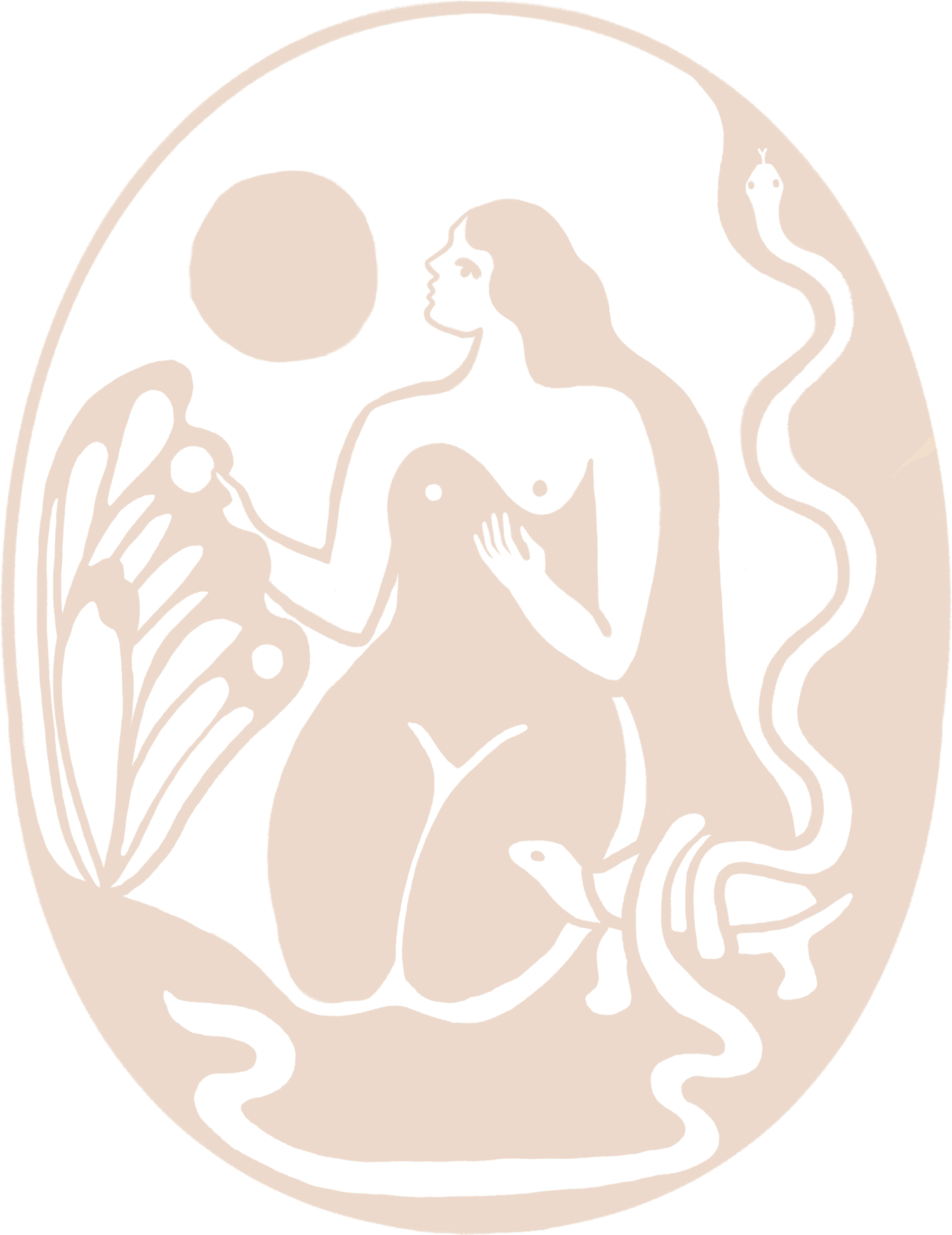Seasons, Shadows and Early Spring
24 Solar Terms, Seasonal nodes (Qi Nodes)
By observing shadows, ancient peoples of the Shang Dynasty defined 4 solar terms:
The Spring Equinox (Chun Fen)
The Summer Solstice (Xia Zhi)
The Autumn Equinox (Qiu Fen)
The Winter Solstice (Dong Zhi)
When the shadow is shortest in a year, it’s Summer Solstice, the longest is Winter Solstice and the moderate is Spring Equinox or Autumn Equinox.
4 solar terms became 8 and then 24. The Solar Term calendar originated in China, but it spread to the East Asian cultural sphere. This Chinese calendar divides our year into 24 qi nodes or periods; each about 15 days long. You can think of them as mini seasons.
Image by University of Maine Farmington
Why are mini seasons important?
Think of them as a tool to understand nature more intimately. It’s well known that when we, as humans, match our nature with nature, we promote a long and healthy life. This is the path towards longevity.
We have become so dependent on modern conveniences and more disconnected from the natural world. Many severe illnesses are linked to the way we live. Our modern lifestyles are so far removed from nature. Nature holds the key for a long and healthy life. The more that we align with these natural cycles and rhythms, the more we connect to our own body’s healing mechanisms. Do you live seasonally? Do you shift your energy output/input, nutrition and habits throughout the year, or is it pretty much the same all year long?
Beginning of Spring (lìchūn, ipchun & Imbolc)
Photo by Britannica
In early February, we enter the Beginning of Spring (立春 lìchūn in China / 입춘 ipchun in Korea) and Imbolc in Celtic traditions. I'm learning to bridge my ancestry to embrace all of these traditions. There's many similarities, but also unique differences. I encourage you to seek your lineage and seasonal traditions.
I'm learning that it's tradition to post calligraphy of good luck on your front door, start some spring cleaning and still enjoy warm dishes like patjuk (sweet adzuki bean soup). This mini season represents transition. We must be gentle, but aware. It might not look or feel like it quite yet, but deep beneath us, the spark is awakening and yang is growing. Just like young seedlings, we can't rush their growth or their legs will be weak.
“In the beginning of Spring, continue to nurture your yang by deepening into yin.”
- Kris at The Way of Yin
Tips for Early Spring
Continue to stay warm and protect from “wind”. Bring a scarf or jacket with you everywhere.
Eat seasonal vegetables and fruits from your local farmer’s markets. Your body will slowly move away from needing the heavier meals of wintertime. Be gentle with this transition and focus in on strengthening digestion. Sweet and aromatic flavors are still needed. Limit too much sour. Sour flavor pulls Qi inwards and we want to help our yang Qi gently move upward and towards exterior in a strong rooted way.
Start to slowly incorporate liver loving herbs and vegetables that naturally shoot upwards such as shoots and sprouts as they become available.
If you have weak digestion, keep the upward energetic foods at a minimum and ground in with yams, root vegetables and grains.
The poster by Five Seasons TCM pictured above is a great visual tool to hang up in your house or kitchen as a reminder of seasonal foods throughout the year.
Make sure your qi is free and flowing. Get a massage or perform a self massage daily.
In the upcoming year, I’ll be sharing about some of these mini seasons aka qi nodes. We’ll go over ways to lean into the wisdoms of each season with recipes, wellness practices and seasonal herbal allies.
Thanks for being here.













More than just a seasonal shift, the Equinox acts as a mirror, reflecting the rhythms of our own becoming. It invites us to soften into presence, to notice what is happening within, and to embrace the delicate balance between stillness and movement, receptivity and action.
The Equinox is a reminder that balance is not a fixed state, but a process—one that asks us to return to alignment again and again. Spring’s mirror reflects a relative balance between light and dark, not only in the world around us but also within us. It is a time to pause and feel the harmony between rest and activity, the Yin and Yang of life. Our inner landscape, like the Earth, is ready to shift.